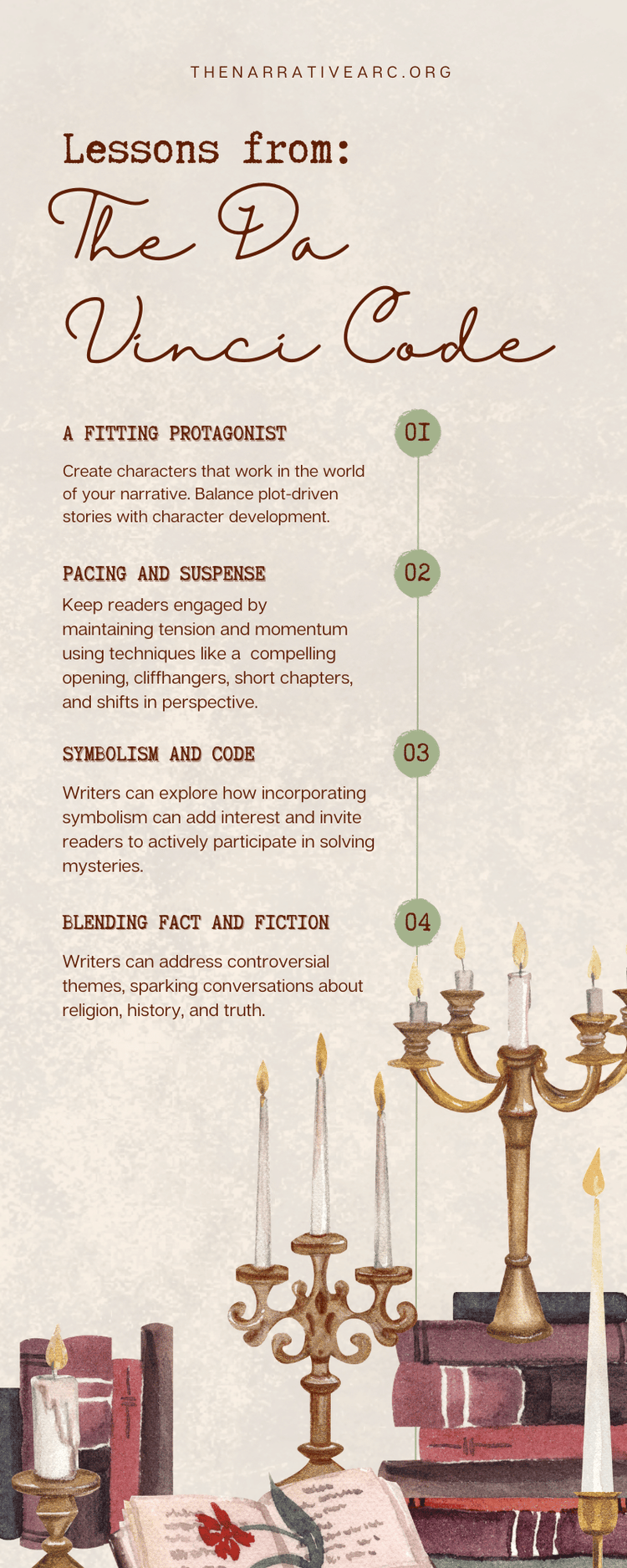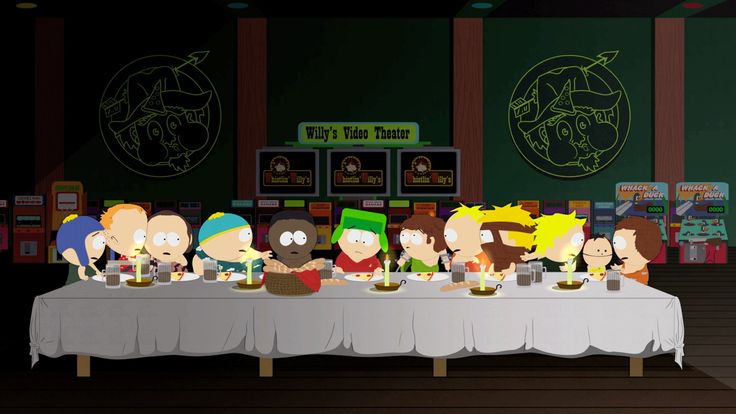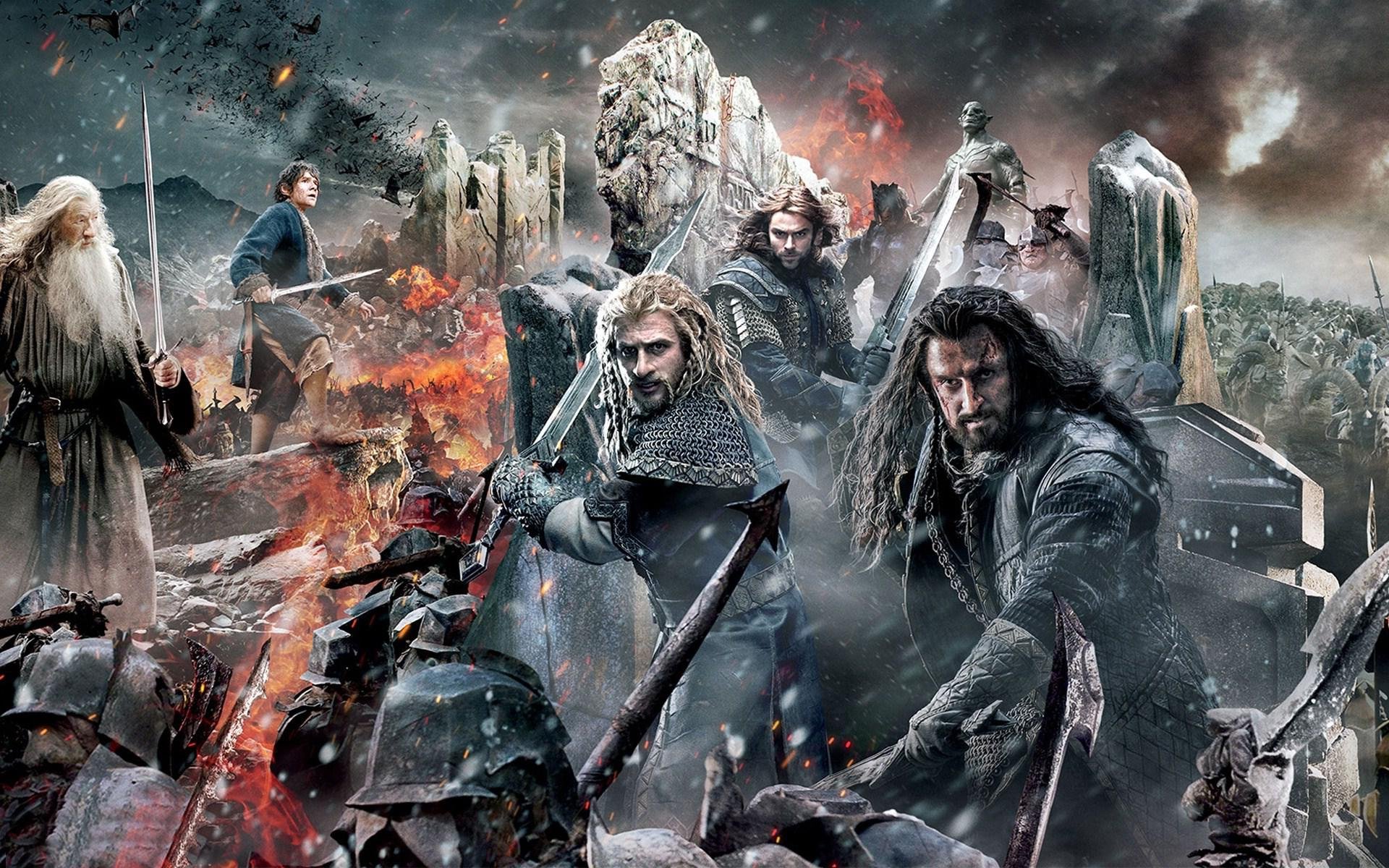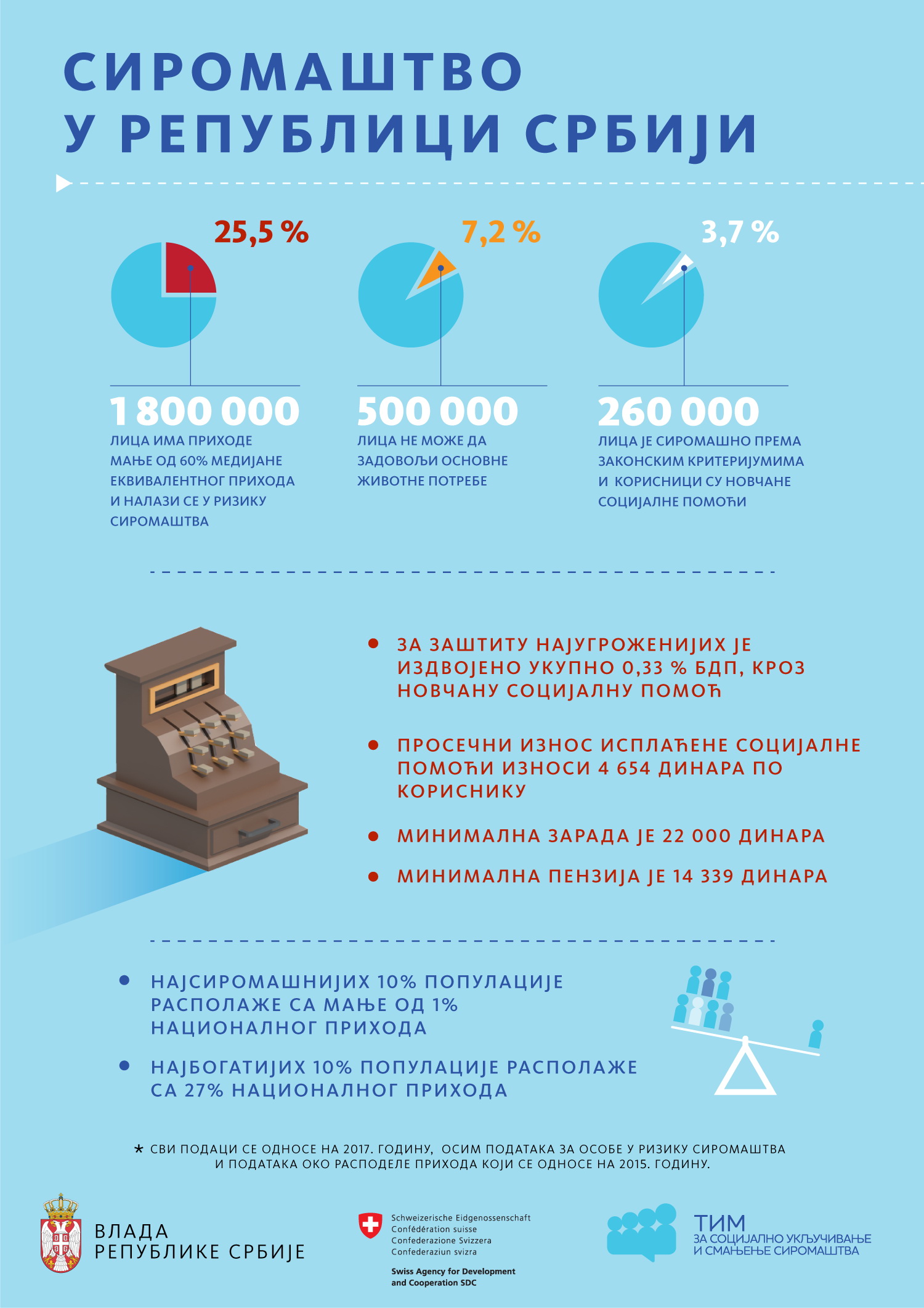A Critical Analysis Of The Da Vinci Code And Its Impact

Table of Contents
The Da Vinci Code's Literary Success and Narrative Structure
Plot and Pacing
The Da Vinci Code is a masterclass in suspense novel construction. Its fast-paced narrative, riddled with cryptic clues and unexpected twists, kept millions of readers captivated. Dan Brown masterfully blends historical facts and fictional elements, creating a page-turner that consistently delivers surprises.
- Strengths: The intricate plot, cleverly interwoven with historical references, keeps the reader guessing until the very end. The pacing is expertly managed, building suspense gradually before culminating in a thrilling climax.
- Weaknesses: Some critics argue that the plot relies too heavily on coincidences and convenient plot devices. Certain revelations might feel somewhat predictable to seasoned mystery thriller readers. However, the overall effectiveness of the suspense far outweighs these minor flaws. The constant unveiling of new mysteries and the race against time keeps the reader firmly engaged.
Character Development and Archetypes
While not overly complex, the characters in The Da Vinci Code are well-defined and serve their narrative purpose effectively. Robert Langdon, the learned symbologist, embodies the classic heroic archetype, while Sophie Neveu, the strong female lead, challenges traditional gender roles within the mystery thriller genre.
- Robert Langdon: He is portrayed as a brilliant but somewhat vulnerable academic, thrust into a dangerous situation that forces him to rely on his intellect and courage. His character is relatable due to his intelligence coupled with moments of doubt and fear.
- Sophie Neveu: Sophie's character provides a counterpoint to Langdon's more traditionally masculine heroism. She is independent, resourceful, and emotionally complex. The chemistry between Langdon and Neveu further enhances the book's appeal. Their collaboration displays a strong and believable dynamic.
The Use of Historical and Religious Symbolism
The Da Vinci Code expertly weaves together historical facts and religious symbolism, creating a compelling narrative that blurs the lines between fiction and reality. The novel's skillful incorporation of real historical figures and locations, such as the Louvre Museum and the Priory of Sion, adds a layer of authenticity, even while presenting controversial reinterpretations of history.
- Blending Fact and Fiction: The use of actual historical figures and artistic works, like the Mona Lisa, elevates the story beyond simple fiction, prompting readers to research these aspects further. This blending of fact and fiction makes the novel especially engaging and sparks interest in religious history and art.
- Symbolism: The story revolves around potent symbols like the Holy Grail, which is reimagined in the novel's context. These symbols create intrigue and subtly challenge traditional religious understandings, sparking discussions and debates among readers.
The Da Vinci Code's Impact on Popular Culture and Tourism
Increased Interest in History and Religion
The novel's publication ignited a global surge in interest in religious history, art history, and related topics. The “Da Vinci Code effect” led to a significant increase in tourism at locations featured in the book, such as the Louvre Museum and Rosslyn Chapel.
- Museum Visits: Many museums reported a significant increase in visitors following the book's publication, directly attributable to the renewed interest in art and religious history sparked by The Da Vinci Code.
- Related Book Sales: Sales of books related to religious history, the Knights Templar, and the Holy Grail also saw a significant rise, highlighting the ripple effect of the novel's popularity.
The Da Vinci Code and the Media
Ron Howard's 2006 film adaptation of The Da Vinci Code, starring Tom Hanks as Robert Langdon, further amplified the novel's impact. While the film received mixed critical reviews, its box office success cemented the novel's place in popular culture.
- Box Office Success: The movie translated the novel's intense plot and engaging characters effectively into a visually stunning spectacle. The box office success indicates the broad appeal of the story across diverse audiences.
- Media Frenzy: The book and the film generated significant media coverage, including numerous interviews, articles, and documentaries. This media frenzy inevitably further fueled debate and controversy around the book's claims.
The Da Vinci Code's Legacy in Popular Fiction
The Da Vinci Code's influence on subsequent works of fiction is undeniable. It popularized a style of thriller novel that blends historical research with exciting adventures and controversial claims.
- Genre Influence: Many authors followed suit by incorporating similar themes or narrative techniques in their own novels. The success of The Da Vinci Code demonstrated the potential for combining historical research and adventure to create hugely popular fiction.
- Narrative Techniques: Its use of suspense, clues, and interwoven storylines influenced other authors to adopt similar techniques in their own thriller novels and mystery novels.
Critical Reception and Controversies Surrounding The Da Vinci Code
Historical and Theological Accuracy
The Da Vinci Code sparked significant controversy due to its controversial claims regarding Jesus Christ, Mary Magdalene, and the Catholic Church. Many historians and religious scholars criticized the novel for its historical inaccuracies and misinterpretations of religious doctrines.
- Criticism from Experts: Religious leaders and historians pointed out the book's departures from established historical and theological understanding, leading to widespread debates and discussions on the nature of truth and interpretation.
- Specific Examples: The novel's depiction of the Holy Grail and its claims about the lineage of Jesus were particularly controversial, prompting responses from both religious organizations and historical experts.
The Da Vinci Code and its Reception in Different Cultures
The novel's reception varied significantly across different cultures. In some regions, it was embraced as a thrilling read; in others, particularly those with strong religious traditions, it faced strong opposition and even calls for bans.
- Cultural Context: The interpretation and acceptance of the novel were greatly influenced by prevailing religious beliefs, political landscapes, and cultural norms of each country or region.
- International Response: The diverse reactions highlighted the complexity of the book's impact and how its interpretation was shaped by the cultural background of the readers.
Conclusion: Assessing the Enduring Impact of The Da Vinci Code
The Da Vinci Code remains a significant cultural phenomenon, demonstrating both remarkable literary success and significant controversy. Its captivating narrative, masterful use of suspense, and incorporation of historical and religious themes captivated millions of readers and sparked widespread discussions. While its historical accuracy remains a subject of debate, the novel's impact on popular culture, tourism, and the genre of historical fiction is undeniable. It prompted renewed interest in history and religious studies, and its influence continues to be felt in the literary world today. Read The Da Vinci Code, explore the world of The Da Vinci Code, and further your understanding of The Da Vinci Code's enduring legacy.

Featured Posts
-
 Free Mlb Live Stream Texas Rangers Vs Boston Red Sox Game
May 13, 2025
Free Mlb Live Stream Texas Rangers Vs Boston Red Sox Game
May 13, 2025 -
 Exploring Dan Browns The Da Vinci Code Themes And Interpretations
May 13, 2025
Exploring Dan Browns The Da Vinci Code Themes And Interpretations
May 13, 2025 -
 The Battle Of The Five Armies In The Hobbit A Deeper Look At The Conflict
May 13, 2025
The Battle Of The Five Armies In The Hobbit A Deeper Look At The Conflict
May 13, 2025 -
 Uni A Roma Srbi E Trazhi Zashtitu Od Targetiranja Od Strane Marinike Tepi
May 13, 2025
Uni A Roma Srbi E Trazhi Zashtitu Od Targetiranja Od Strane Marinike Tepi
May 13, 2025 -
 Javna Obravnava Novele Zakona O Romski Skupnosti Porocilo O Predlogu
May 13, 2025
Javna Obravnava Novele Zakona O Romski Skupnosti Porocilo O Predlogu
May 13, 2025
